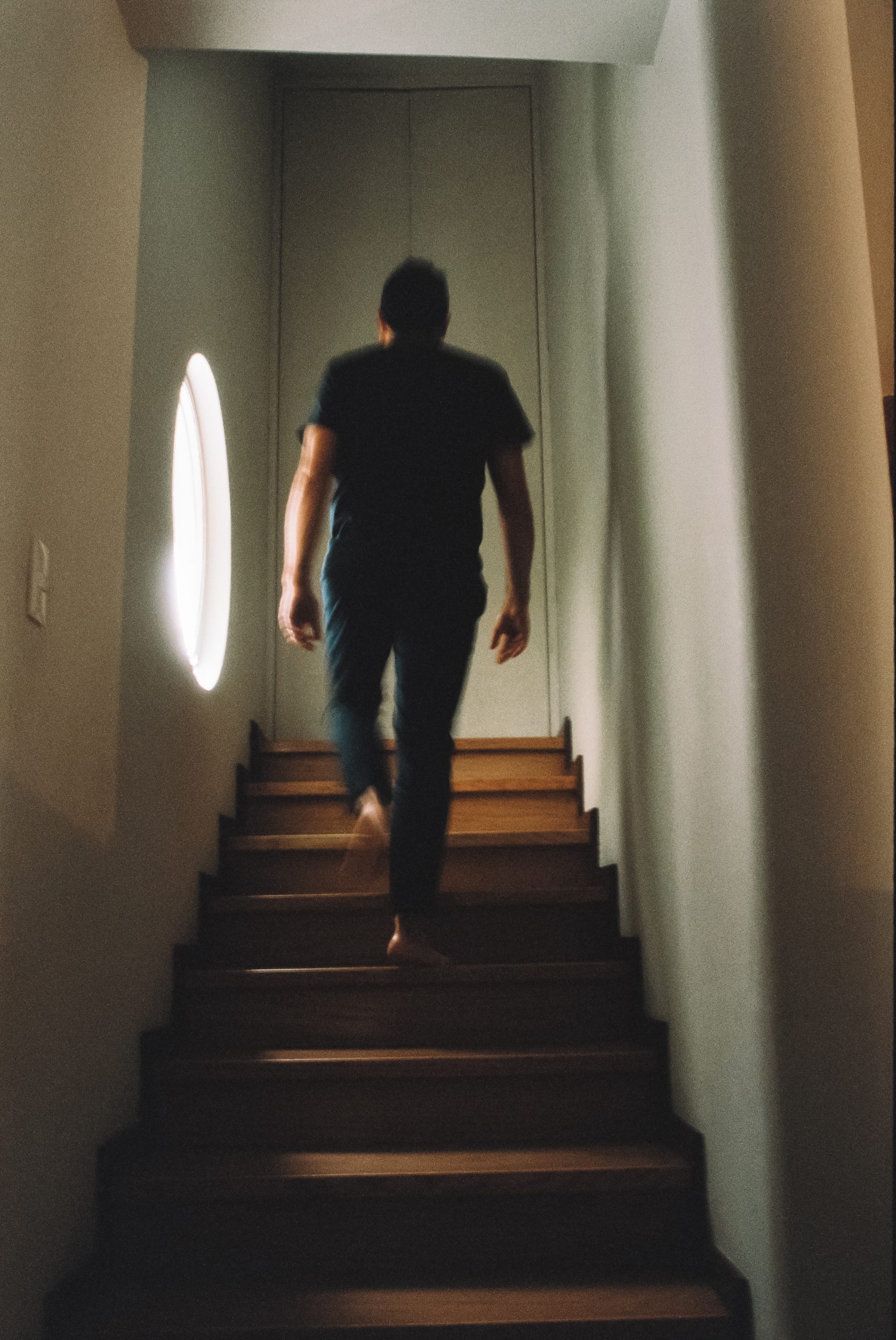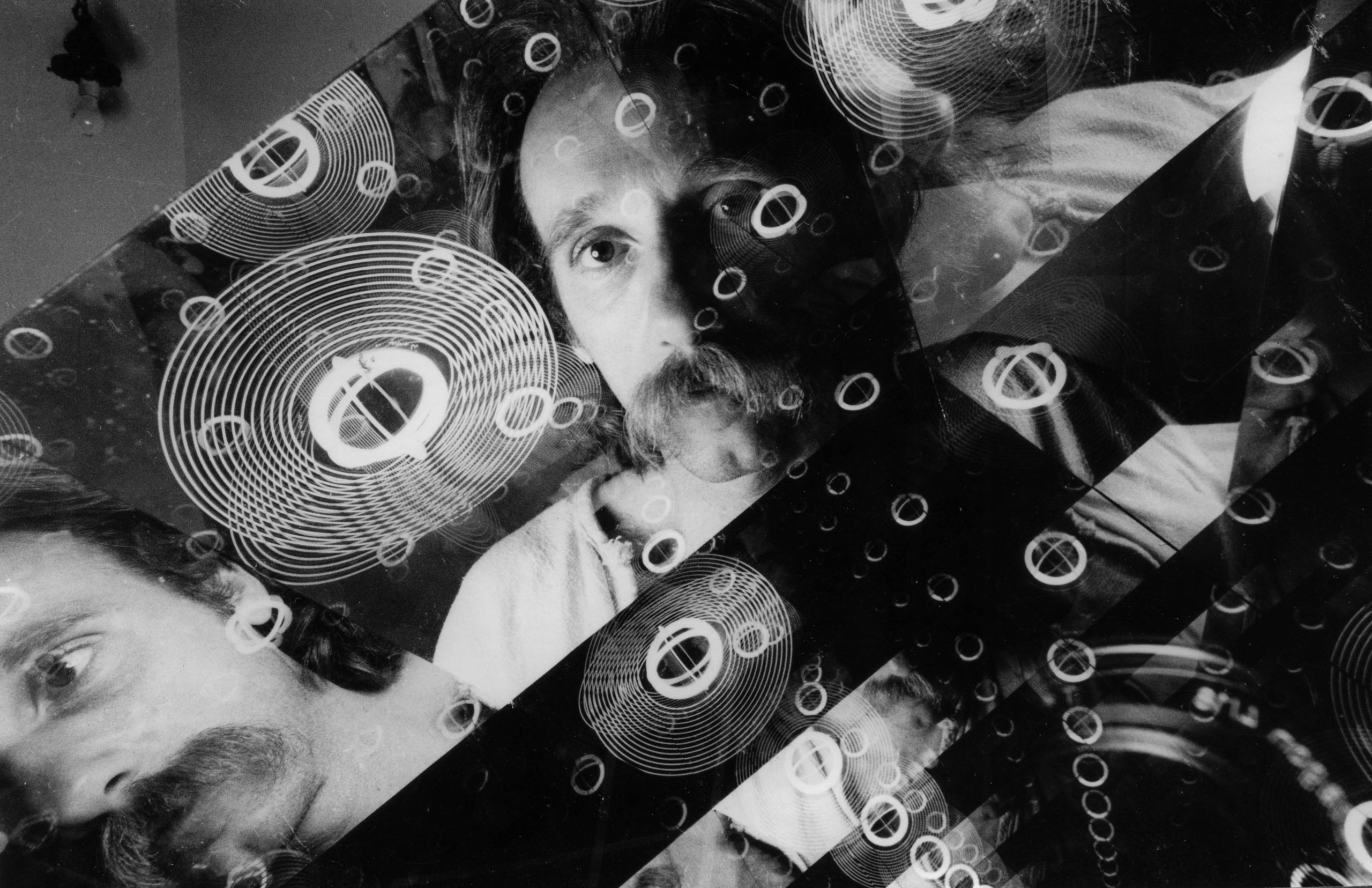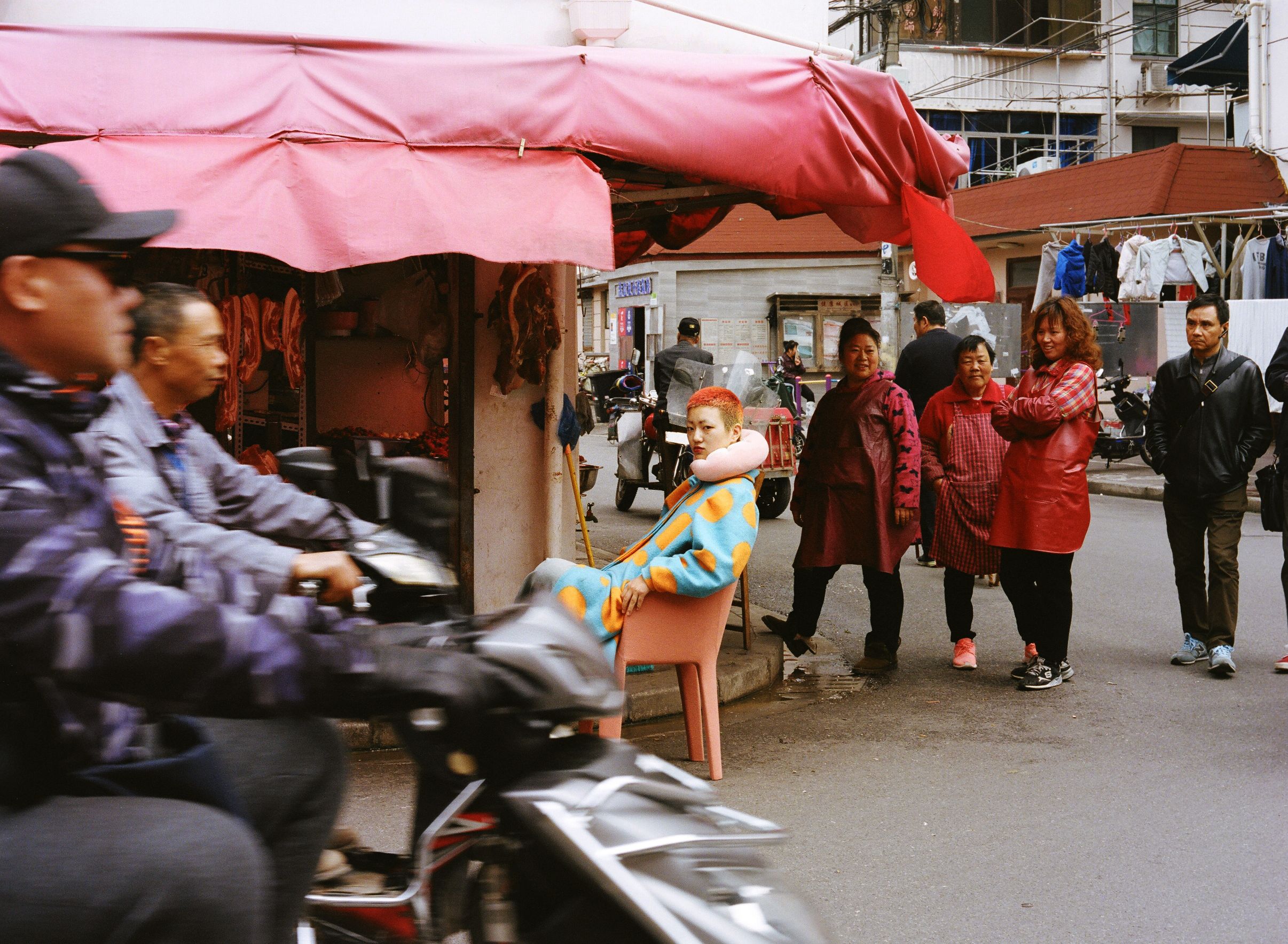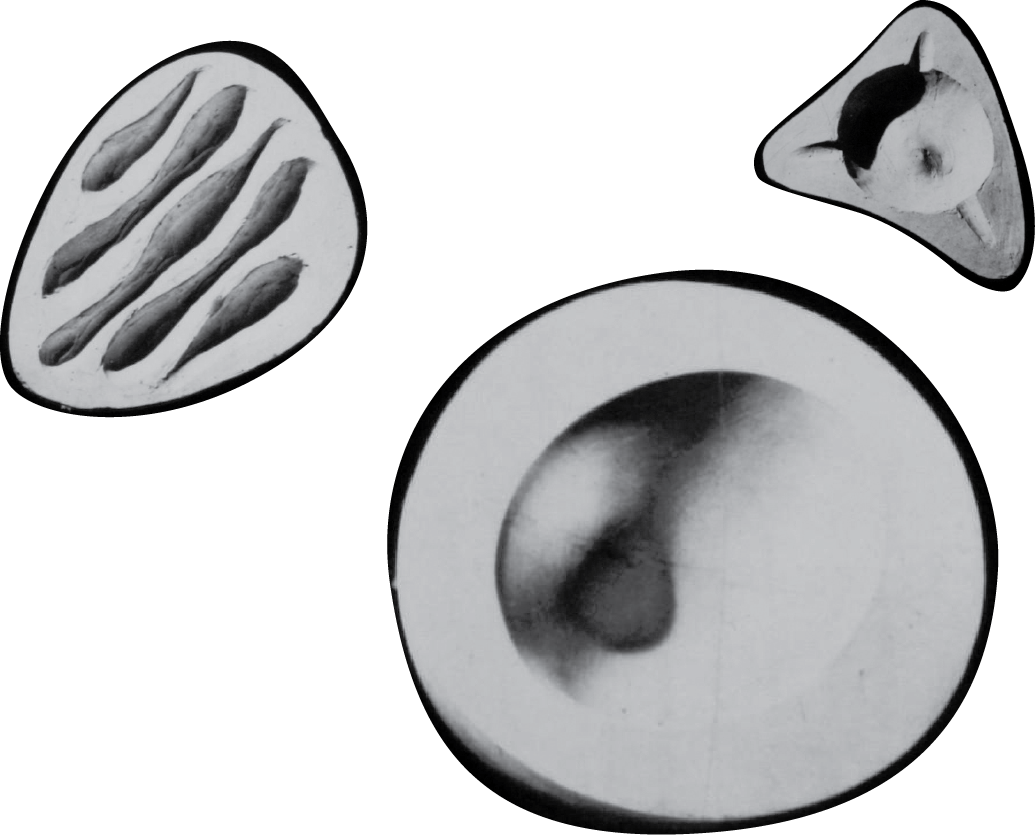PABLO PÉREZ PALACIOS ON INSTINCT, UNBUILT SPACE, AND LESSONS FROM HIS MARIO PANI HOUSE
Interview by Sarah Len
To Pablo Pérez Palacios, architecture begins not with walls or plans, but with language—distilled ideas that set the tone for how a space should live and breathe. Based in Mexico City, Pablo founded his practice, PPAA, in 2011 and has since built a body of work that feels both elemental and experimental: houses defined by negative space, materials chosen for their emotional resonance, and projects conceived through words before they become form. From the canopy-level sanctuary of Copas—a 2023 residence in Valle de Bravo designed to merge with the surrounding forest—to other works that privilege stillness and atmosphere, his architecture resists spectacle in favor of intimacy and connection. In this conversation with Materia Editor-in-Chief Sarah Len, conducted inside his historic Mario Pani home in the Polanco neighborhood of Mexico City, Pablo reflects on the experiences that shaped his sensibility—from a summer in Florence to the lessons embedded in his own house—and shares why unbuilt space, daily ritual, and movement remain central to his practice.

Sarah Len: How did you get into architecture?
Pablo Pérez Palacios: I was born and raised in Mexico City. When I finished high school, I had no idea what I was going to do. Before university, I took a trip and ended up working as a waiter in Florence. And—even though it sounds a bit cliché—that’s when I decided to study architecture.
My dad told me, “You can’t go anywhere until you show me you’re accepted into a university.” So I enrolled at Ibero in Mexico City. But before starting, I used my summer savings to travel—to Florence, then Egypt. Egypt was unbelievable. The scale, the proportions… it changed everything. I came back knowing I wanted to be an architect.
At Ibero, I found it a bit boring, like a playground, so I transferred to a public school in Spain, which I could afford. I studied in Barcelona but had to return to Mexico to graduate, because to practice here you need a Mexican degree. Two years later, I was already running my own practice.
I’ve never worked for anyone in my life. I don’t know if that’s good or bad—I have nothing to compare it to. My first project came while I was still in school: a warehouse. The owner liked my idea and told me to make it real. I didn’t even know how to make an invoice. That’s how my practice began.
After three years, I moved to New York for my master’s. Honestly, I didn’t plan it. I had a girlfriend. We broke up. I needed to move somewhere.
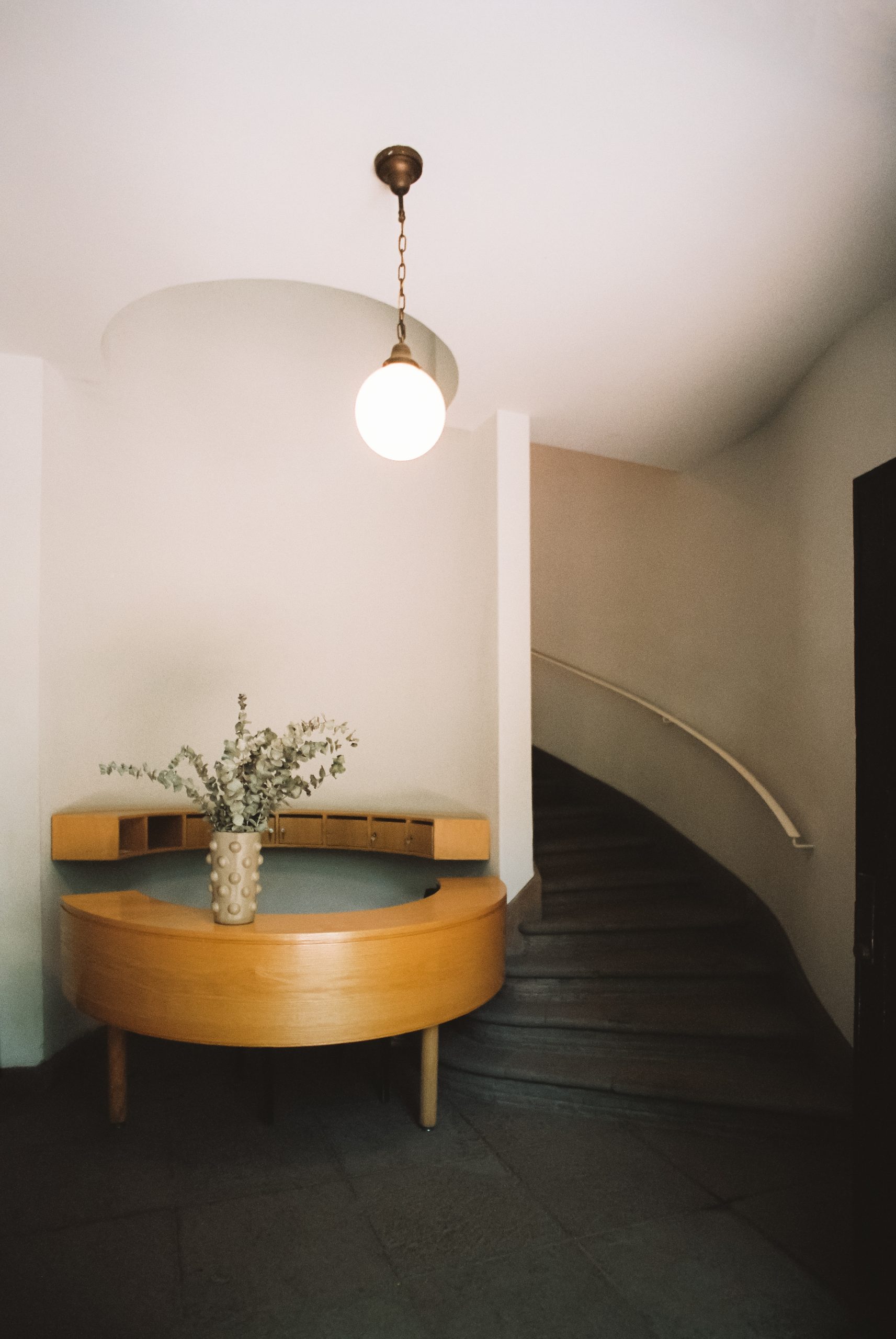
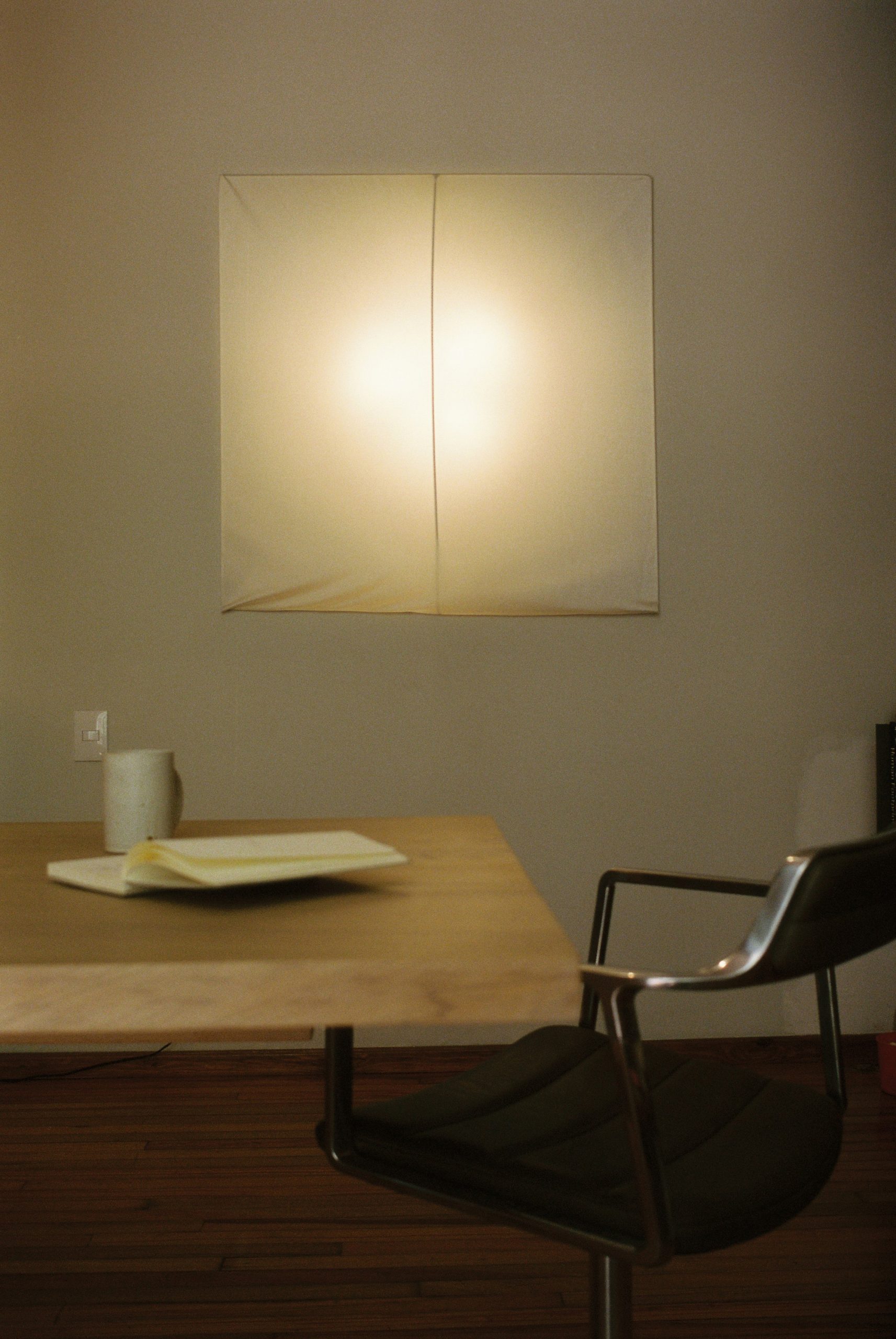
SL: The start of every good move. Let’s talk about this Mario Pani house you live in—it feels significant.
PPP: I think old homes are often better than new ones, especially when their basic principles remain intact. This house by Mario Pani has so much to discover. For example, the way he handles scale and proportion. There are just a few steps leading up to the bedrooms—only four—but those steps completely change the dynamic, separating public from private space. And it works beautifully.
Another thing I discovered: there are very few straight angles. I don’t typically work with curves—or with strict straight lines either. My projects respond to the site. But living in a house with almost no right angles taught me why curves matter. It’s about proportion, scale, and how you deal with light. Living here has opened me up. It’s not about copying Pani, but about experiencing and learning.
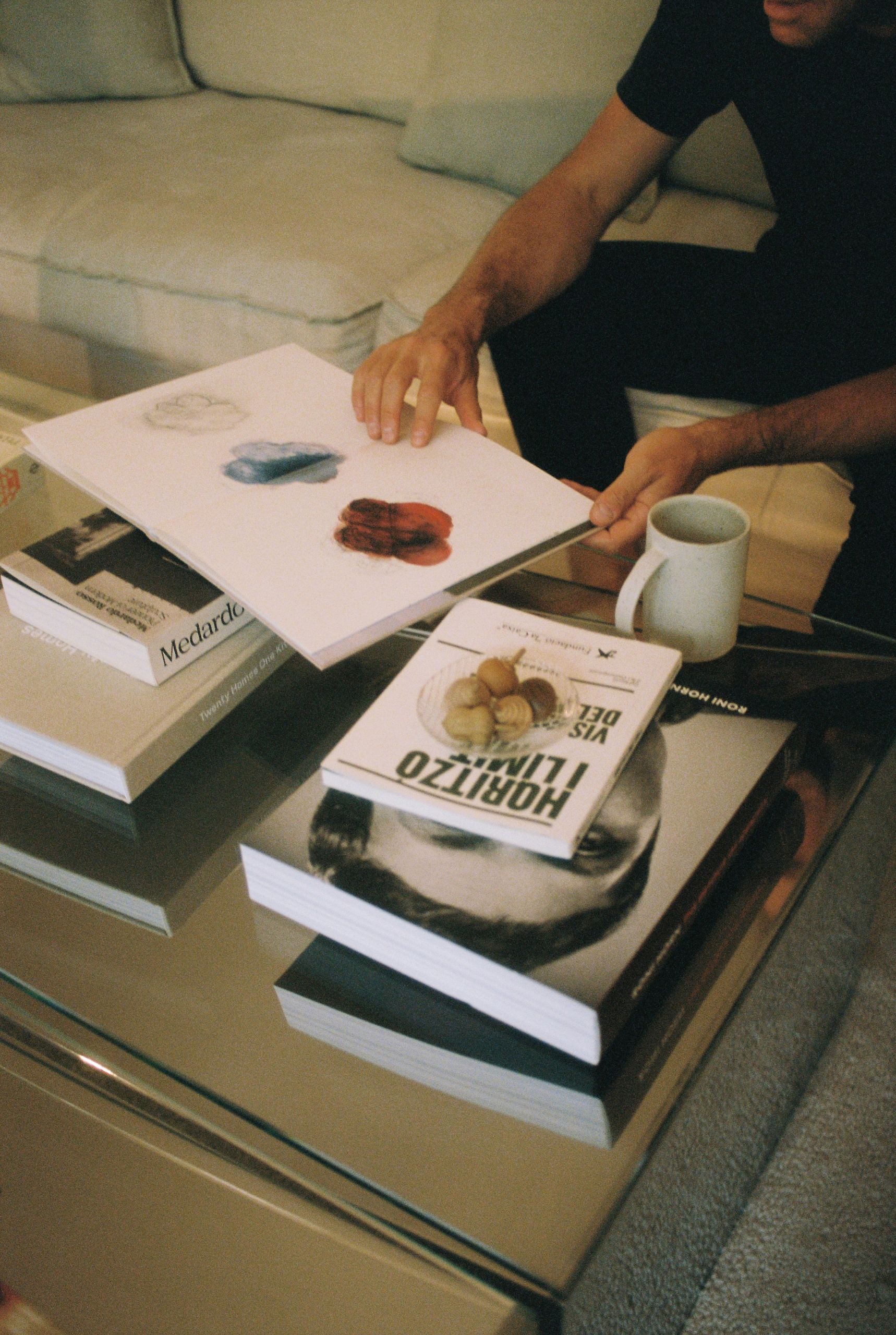

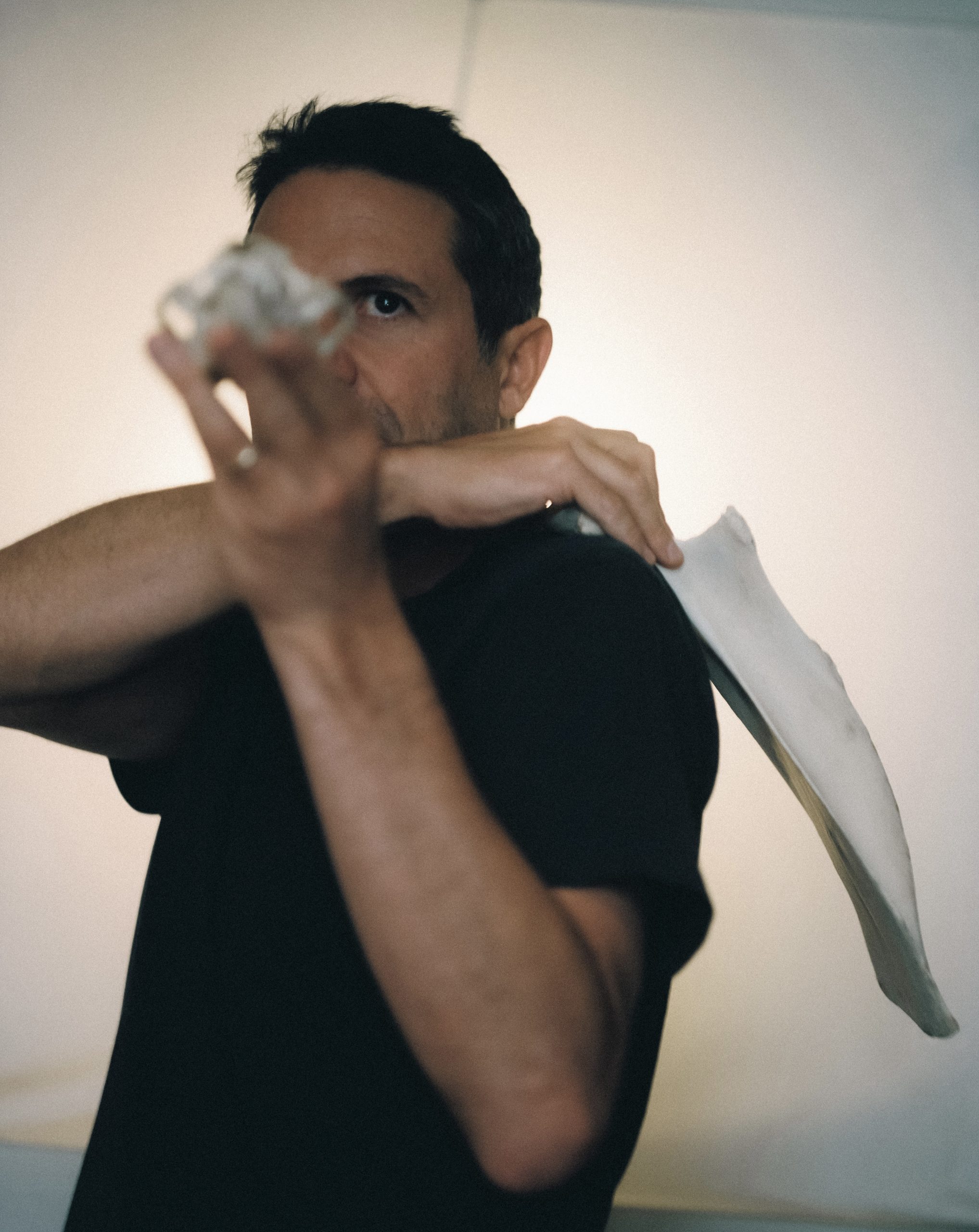
SL: And what are some of your daily rituals at home?
PPP: I wake up early. By six, I’m already running—usually in the park, all the way to the second section by the lake. Then I come home, take a quick shower, take my kids to school, have breakfast, and bike to the office. I’ve always been a morning person. My favorite time is seven to eight a.m., alone in the studio. It’s amazing.
SL: Tell me about some of your favorite objects at home. I notice rocks, bones, so many books…
PPP: The rocks—it’s about time. A rock carries history. My friends laugh at me because I’m always carrying a bag full of them. But I spend my free time in the countryside. Nature is where I feel most at home.
It’s also where I think about architecture. I read a lot, but honestly, I don’t use other architects as references. We try to do our own thing.
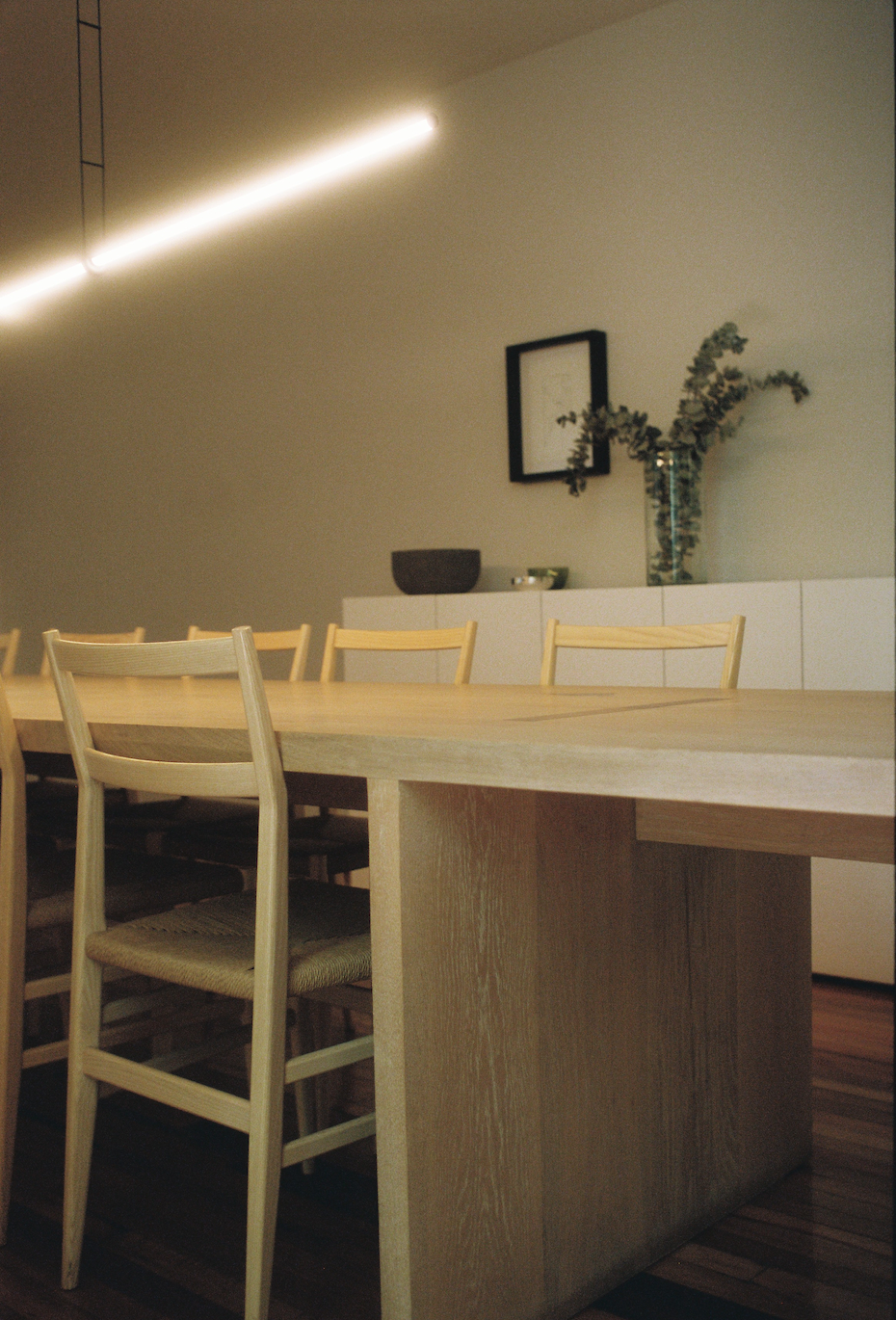
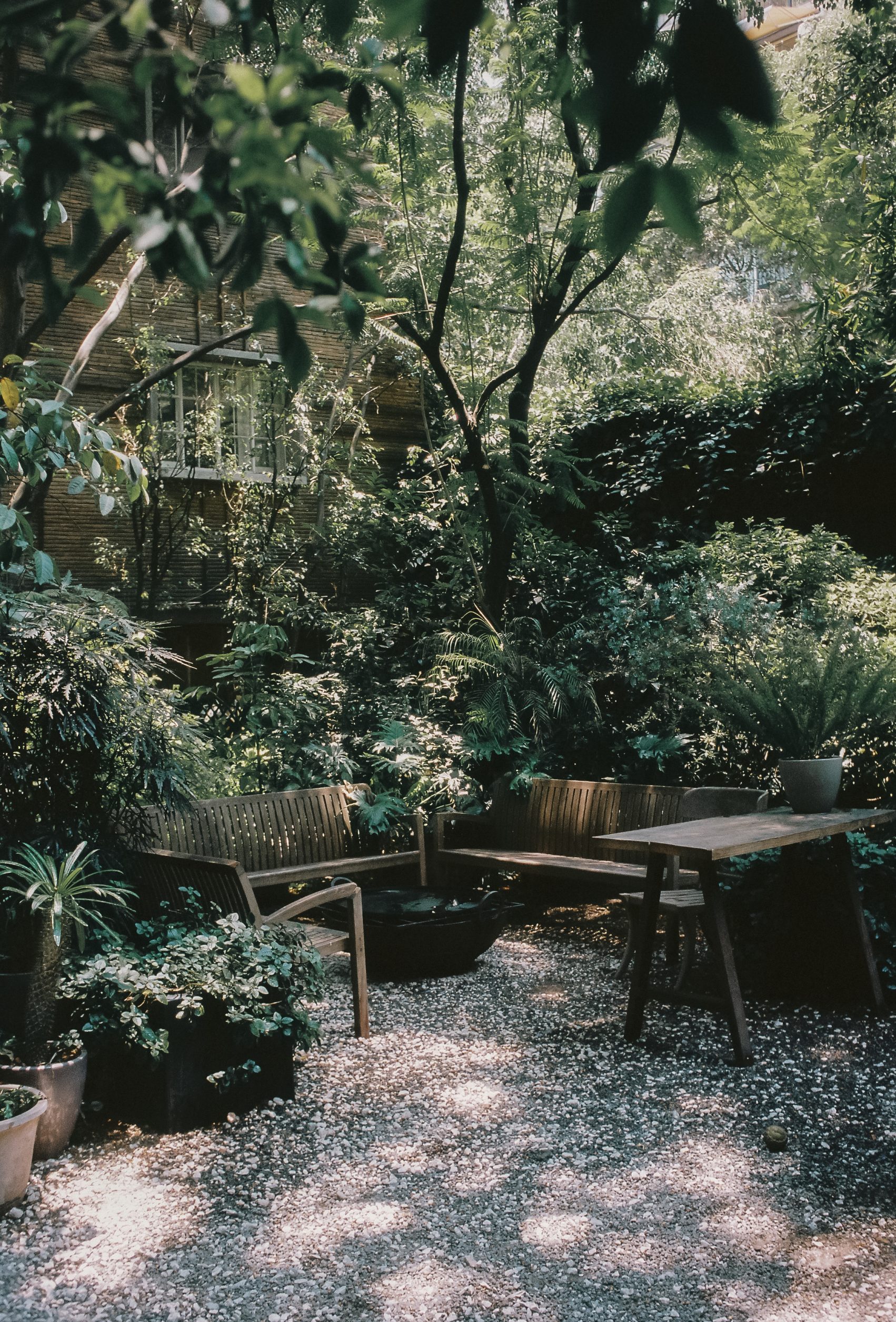
SL: Tell me more about that—your process at the studio.
PPP: Every project starts with words. Text. For example, right now we’re working on a project and the words are movement, lightness, floating. Then we turn those words into abstract images—not literal, but conceptual. Always architecture, though.
So the materiality of the project comes from those words. If it’s about movement, we might design a system of light wood beams. We narrow it down to a single idea. This project: movement.
SL: When you’re designing, how do you know you’re on the right path?
PPP: Instinct, mostly. But also when things make sense. If the idea is movement, and the materials are light—wood, translucent textiles—then the materiality reveals itself. It creates a domino effect.
It’s very clear when a project is wrong. If we get stuck asking, “Now what’s the materiality of this?”—it means we have to go back to step one.
Mexico has a great capacity for ingenuity. It’s not dependent on high technology or abstract thinking—it’s about making things that make sense.
SL: Last time we spoke, you mentioned the “unbuilt space.”
PPP: We call it the “unbuilt defined space.” It’s in all our projects. Of course, there’s a façade—you can look from the outside—but architecture is meant to be experienced from within. Its origin is the protection of home.
When we treat the exterior defined space as equally important as the interior, everything changes. For example, a tiny stone cabin: yes, the house is nice, but the platform in front is just as important. The patio becomes the starting point.
Take the Seagram Building. The owner trusted Mies van der Rohe enough to leave 30% of the land unbuilt. That plaza made the building monumental.
We call it the “unbuilt defined space.” It’s in all our projects. Of course, there’s a façade—you can look from the outside—but architecture is meant to be experienced from within.
— PABLO PÉREZ PALACIOS
SL: There’s so much attention on Mexican architecture right now. What does it mean to be a Mexican architect today—especially in a place with such a legacy?
PPP: Mexico is having a big moment—not just in architecture, but in art, food, everything. On one hand, I’m thankful. It puts Mexico on the map and brings me work abroad. There are many talented people doing remarkable things.
But it’s also becoming a trend. And trends are dangerous. They risk losing honesty, provocation, and personal language. I’m always struggling to make something that feels like its own language.
In Mexico, we have everything—skilled hand labor, incredible materials, perfect weather. That combination is powerful.
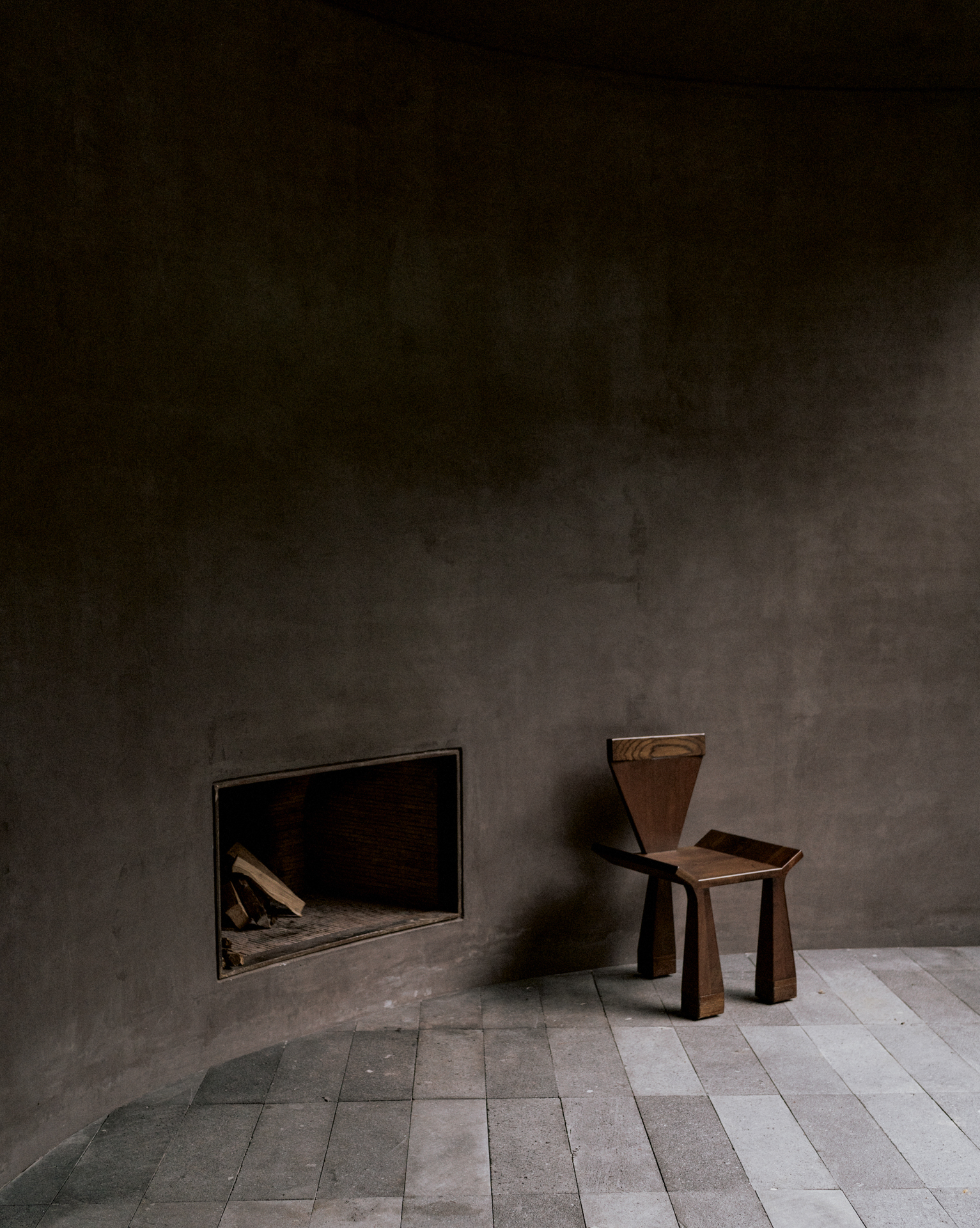
COPAS BY PPAA IN VALLE DE BRAVO, MX. PHOTOGRAPHY BY LUIS GARVAN.
SL: And what are you still chasing in your work?
PPP: I’d love to do a public building. Any scale, any program. I’ve done some, but to fully translate my ideas into public space—that would be huge. A program that’s democratic, socially open to everyone, and connected to nature. That would be a dream.
